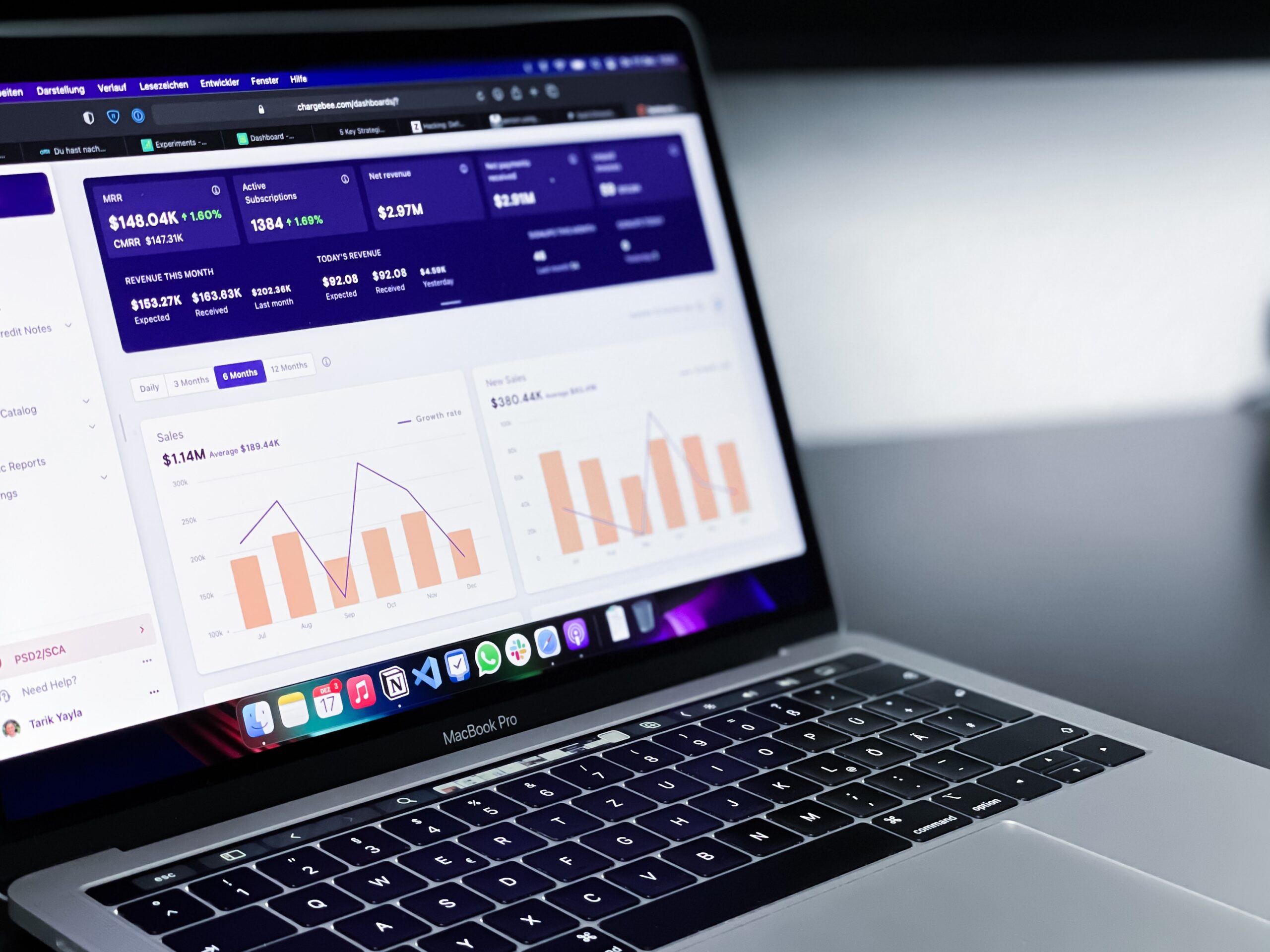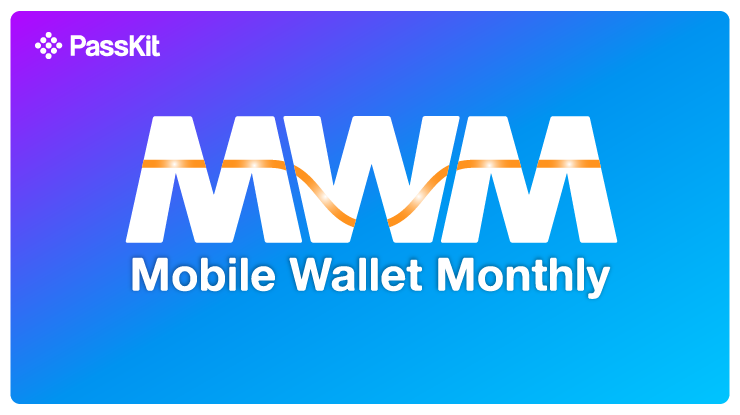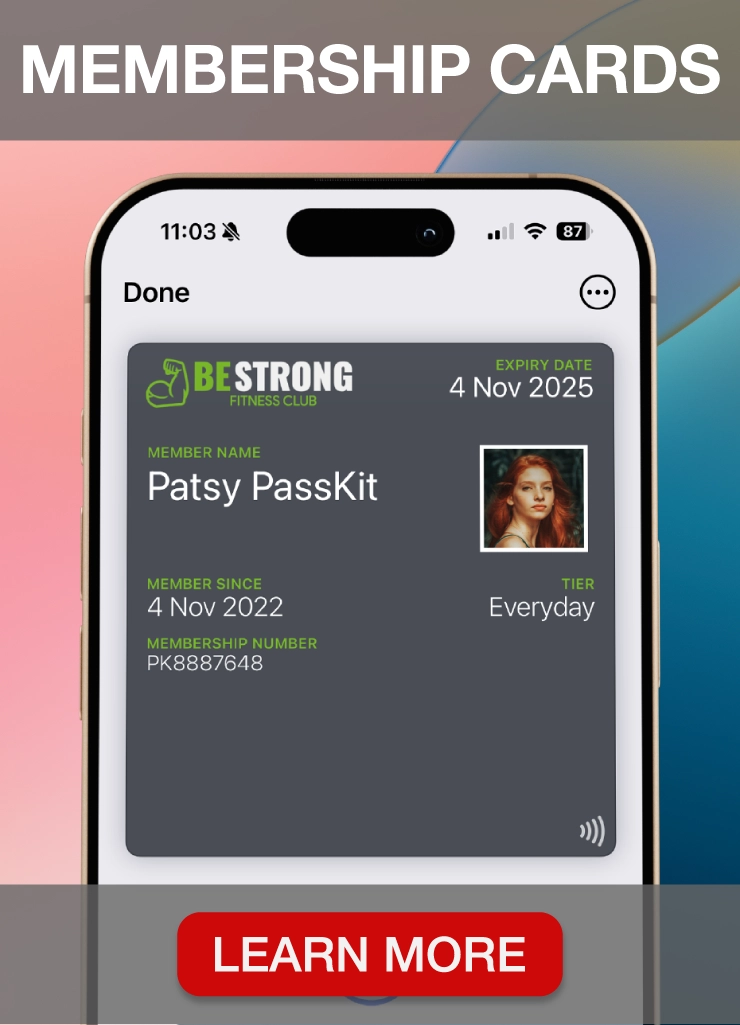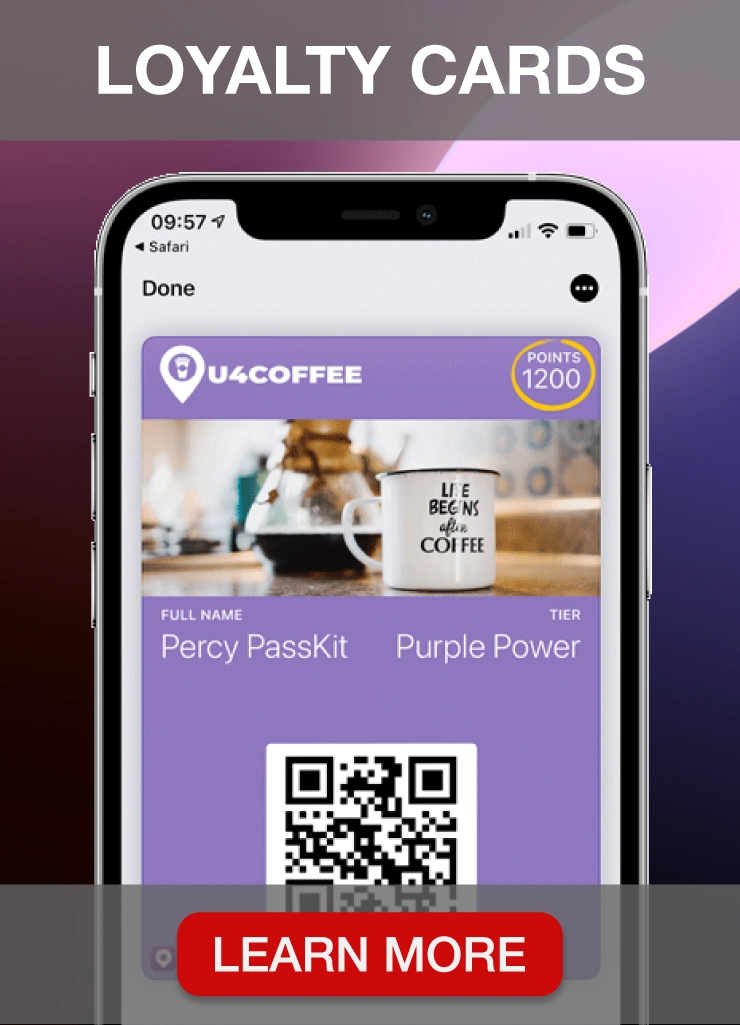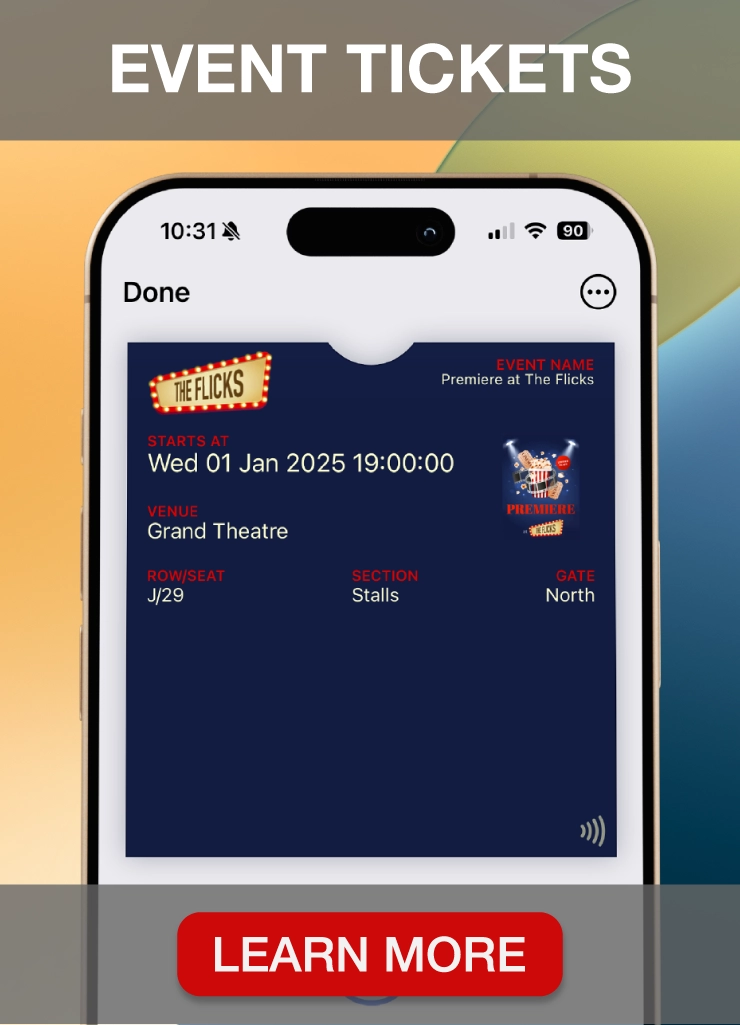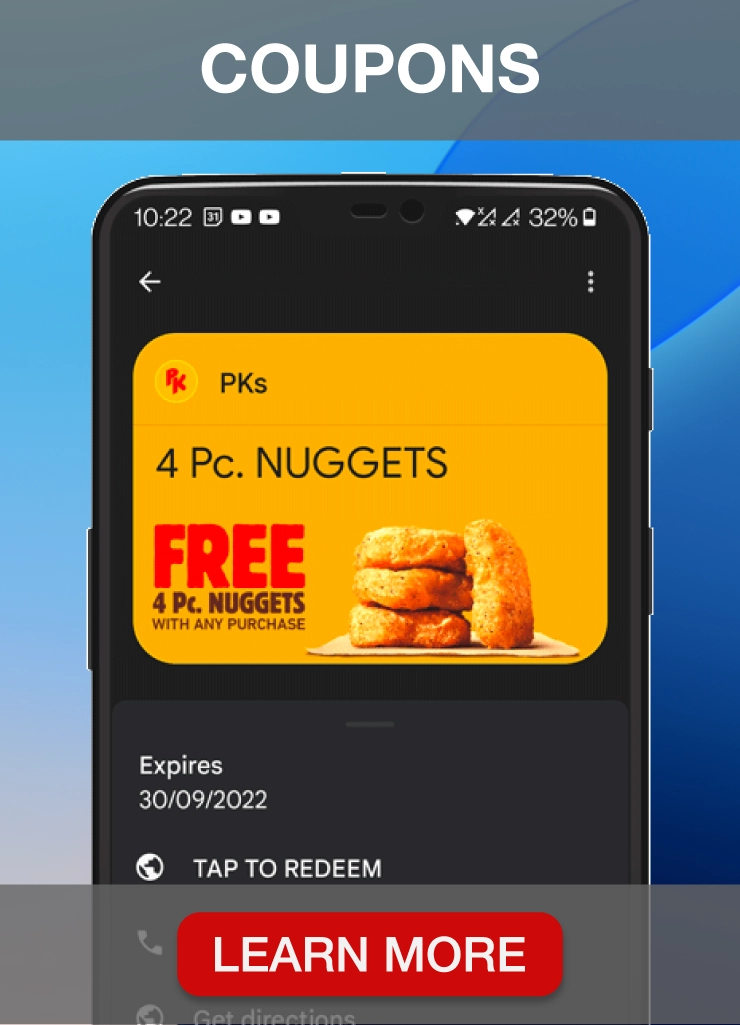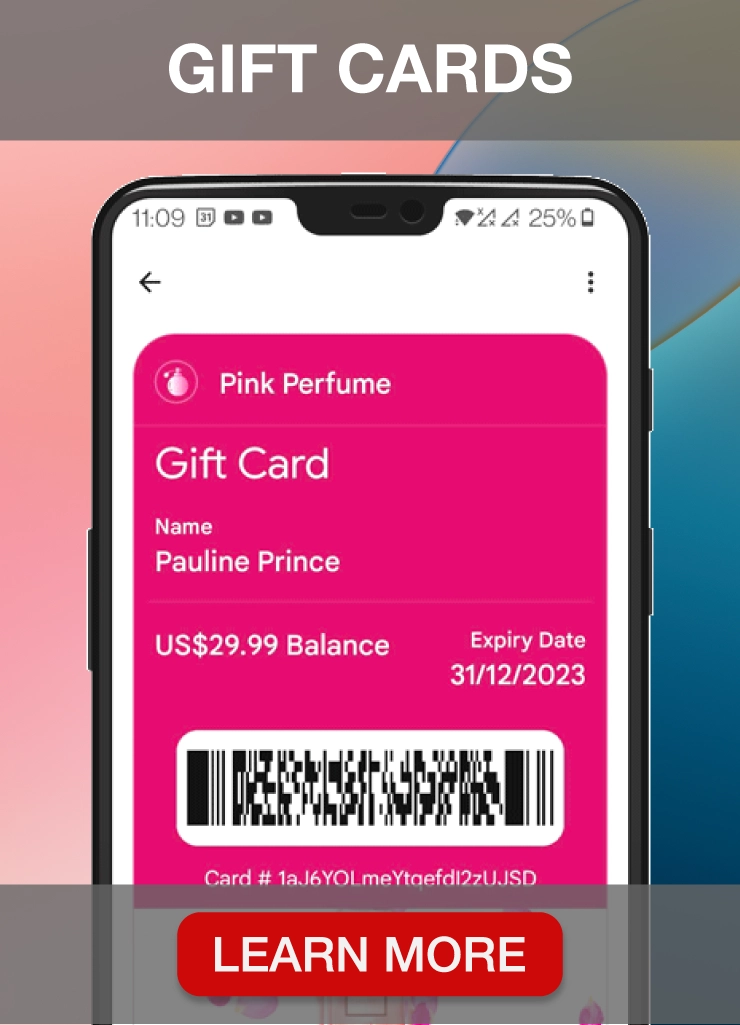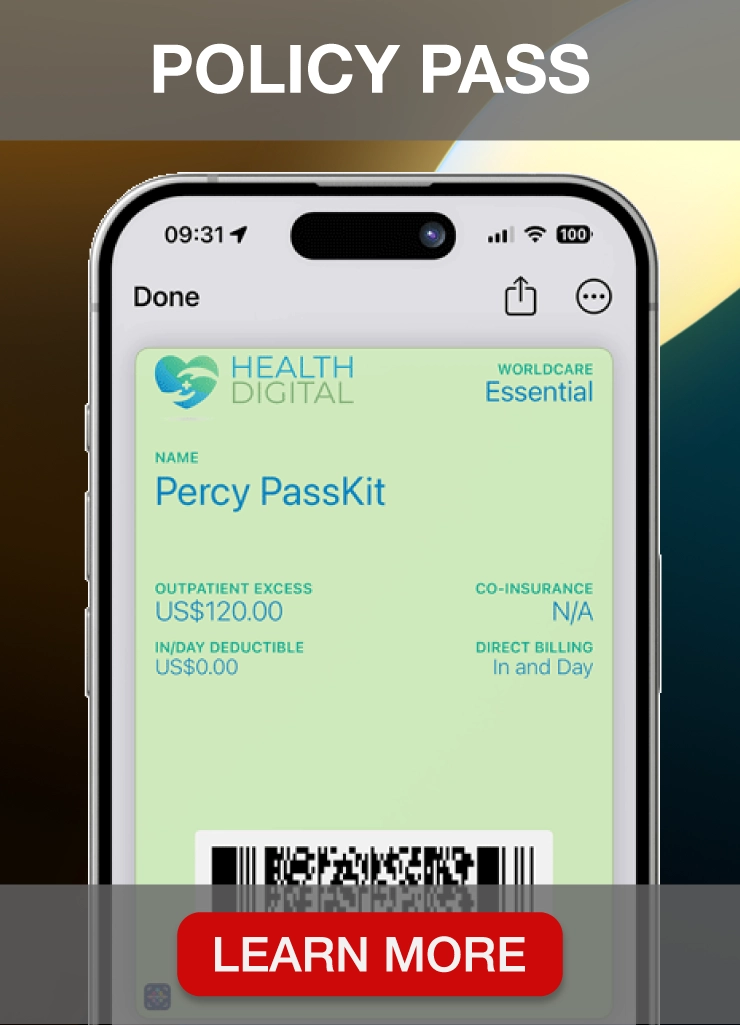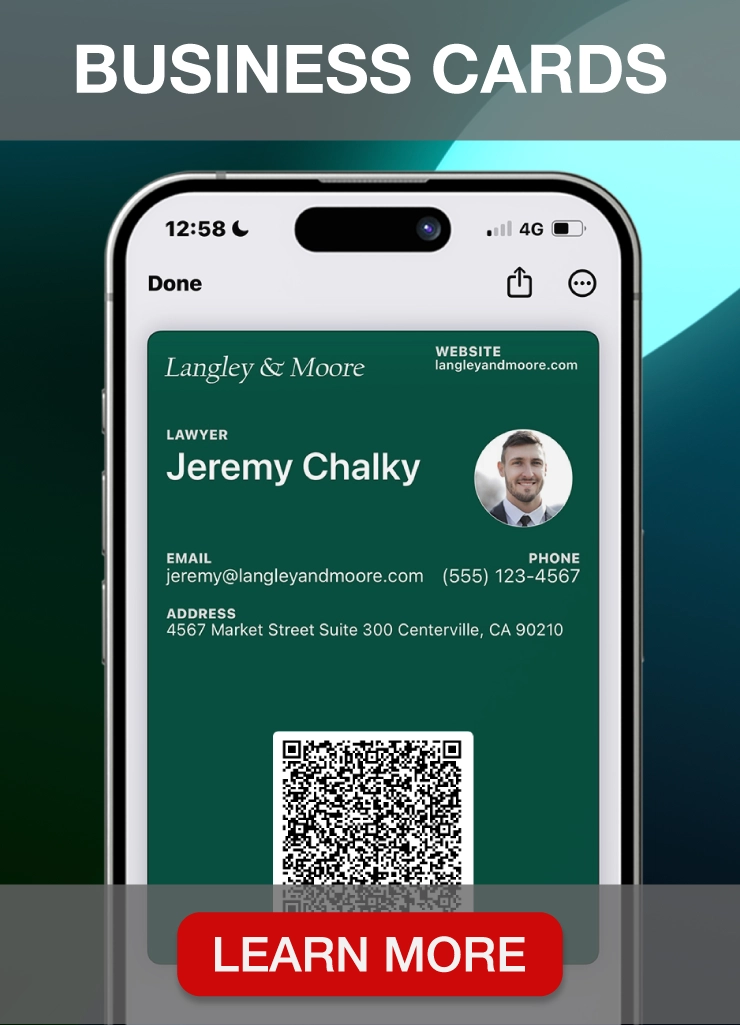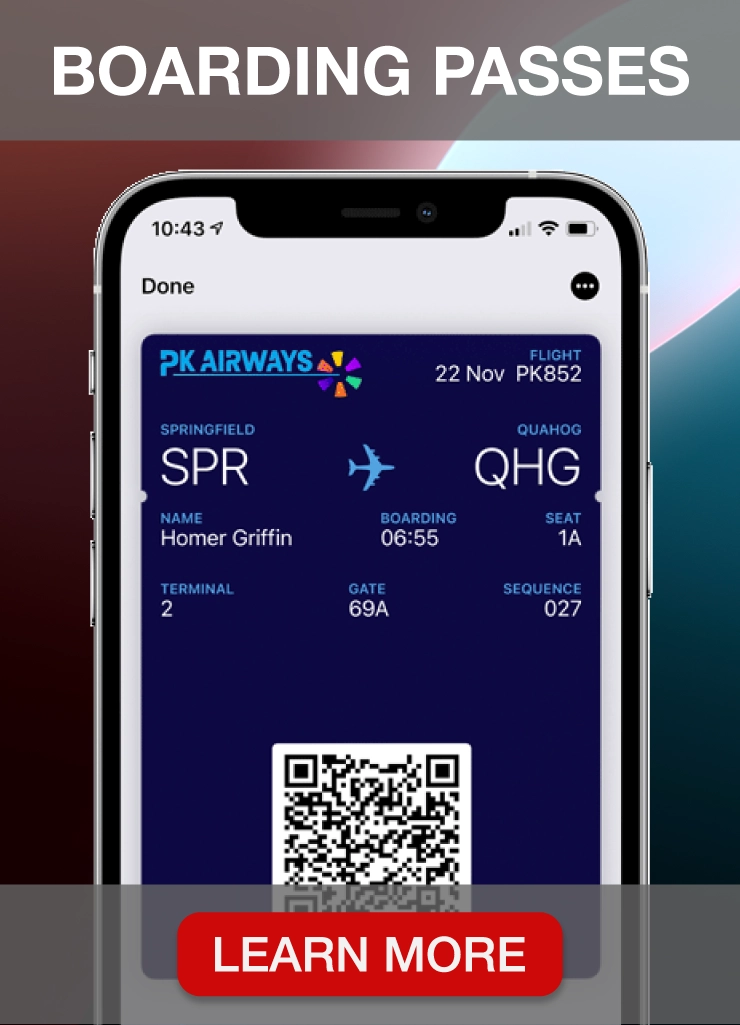Customer loyalty can be tough to figure out. You might wonder why some people keep coming back to your shop while others stop showing up. It’s not always easy to make sense of all the information you have about your buyers.
Customer loyalty analytics can help you understand consumer behavior and improve retention strategies. You can boost your marketing and sales game, improve your offer, and create solid customer incentive programs to keep shoppers returning.
In this article, we will explore the basics of customer loyalty analytics, discuss benefits and challenges, share key metrics to track and show how to use PassKit, our digital rewards platform, to create a loyalty program that helps your business grow.
Exploring customer loyalty analytics
Customer loyalty analytics collects data from your loyalty program and shows how people use it.
With loyalty program data, you can:
- Understand buyers’ shopping habits
- See what rewards work best
- Find ways to keep customers happy
Customer feedback is essential for improving services. Analyzing customer feedback also helps you understand their sentiment. You can use this info to make smart choices for your business and create a more profitable loyalty program.
Why loyalty tracking matters for your rewards program
Image source: Freepik
Customer loyalty analytics helps you tailor your initiatives to meet your customers’ needs and drive long-term engagement. Let’s share the key benefits.
Track customer behaviors
Analyzing customer loyalty helps you learn what your customers like and how they act. You can use this info to make your products and messages better fit their needs.
Let’s say you have a coffee shop loyalty card. By looking at the data, you might see that some people always buy the same coffee each morning. You could then send them special deals on their favorite drink, making them more likely to return.
Check if your program works
Tracking lets you see if your loyalty efforts are paying off. You can find out if people stay with your brand and buy more because of your program.
By tracking the customer effort score (CES), you can identify friction points in the loyalty program and improve customer satisfaction.
Picture this: You manage a local gym with a membership rewards program. When you analyze the attendance records, you’ll see that members who enroll in the program visit the gym more frequently than those who don’t.
It shows that your rewards initiative effectively motivates members to return.
Find your best customers by customer retention rate
By looking at loyalty data, you can spot the customers who spend the most. It helps you focus on keeping these valuable people happy.
Imagine you have an online beauty shop with rewards. The data might show a group that spends a lot each month. These are your top fans. You can give them extra perks like special discounts or first dibs on new items.
Use insights to boost sales
When you understand your loyal customers, you can create deals and rewards they’ll love. It can help you sell more and make more money.
Think about the restaurant loyalty program. If the data shows that some people often get takeout on weekends, you could make a special deal just for them. It could boost your weekend sales.
Get loyal customers more involved
Customer loyalty analysis helps you find the best ways to keep customers interested. You can see what works to make them come back.
Let’s say you run a spa with a rewards program. The data might show that people who get a monthly email about spa treatments book more appointments. It tells you that the email is working well to keep customers engaged.
Make customers happier
Happy customers are more likely to stay with your program. Tracking loyalty program KPIs helps you find ways to make their experience better.
Picture a bookstore that launches a “Read and Review” program. The data might show that customers who leave reviews on recently purchased books tend to buy more books in the following months.
The bookstore could introduce a points reward system where customers earn extra rewards for each review they submit to capitalize on this.
Find new ways to grow
You can spot new areas to expand your loyal customer base by looking at your data. It helps your business grow.
Let’s say you own a small electronics shop with a rewards program. The data might show that people in one area often buy smart home gadgets. You could think about opening a new store there or running ads in that area to sell more of these popular items.
See what’s coming next
Loyalty tracking can help you guess what customers might want in the future. It lets you change your program before others do.
Think about a beauty box service. The data might show that more people want eco-friendly beauty products. By noticing this on time, you can add more green options to your boxes.
It could help you get new customers who care about the environment and stay ahead of other businesses.
How to create a customer loyalty program
Setting up a customer loyalty program takes some thinking, effort, and regular check-ins to ensure it works.
Follow these steps:
- Define program goals: Make sure to lay out some easy-to-understand goals for the loyalty program, like getting customers to stay around longer, making them buy more often, or just keeping them happy. For example, you might aim to boost repeat purchases by 15% over the next year.
- Choose a program type: Select a loyalty program type that aligns with business goals, such as a points-based, tier-based, or subscription-based program.
- Design program mechanics: Develop program rules, rewards, and benefits appealing to target customers. For instance, a tier-based program for a beauty salon could offer increasing benefits like free treatments or exclusive products as customers move up the tiers.
- Communicate program details: Let customers know all the program details through email, social media, and in-store promotions. Make it clear how they can sign up, earn and use rewards.
- Track program performance: Keep an eye on key program stats like how many customers stay around, how happy they are, and their overall value to the company. It will help you see how well the program is doing and where you can improve it.
When you get what customer loyalty is all about and set up a solid loyalty program, you can build lasting customer relationships, boost sales and stay ahead of the competition.
Key ways to track customer loyalty success
Image source: WPLoyalty
Customer loyalty programs can help your business grow. You need to keep an eye on some important numbers to ensure they work well.
Let’s look at the main ones you should watch:
- Customer Retention Rate: Look at the percentage of customers who stay and keep engaging with your business over a certain period. You can check the Customer Retention Rate (CRR) weekly, monthly, or yearly. When more customers remain loyal to your business, more people will enroll in your loyalty programs. If you boost your customer retention by 5%, you could see profits increase by around 25%.
- Customer Effort Score (CES): Evaluate the ease with which customers can interact with your loyalty program, helping to pinpoint potential friction points in their experience.
- Repeat Purchase Rate: Check out the percentage of customers returning for multiple purchases from your business. It shows how well your loyalty program gets people to come back.
- Net Promoter Score (NPS): Measure how loyal your customers are and how likely they are to recommend your business to others. It gives you a good idea of overall satisfaction.
- Redemption of Loyalty Points: Keep an eye on how customers use their loyalty points. It helps you see how engaged they are with the program and how appealing your rewards are. Low redemption rates in loyalty programs are a red flag indicating potential customer disengagement. To find out the redemption rate, just take the total number of points or rewards given out in your loyalty program and divide that by how many points people have actually used.
- Member Activity and Engagement: Measure how often members engage with your program, including visits, purchases, and interactions with your brand. Personalized marketing increases customer engagement.
- Reward Utilization Rate: Analyze the frequency of reward usage to reflect its perceived value among your customer base.
- Referral Program Performance: Keep an eye on how well your referral program is doing by tracking how many new customers you bring in through referrals.
- Program Churn Rate: Check out how many customers are dropping out of your loyalty program. A high churn rate might mean there’s something off that needs fixing.
- Loyalty Tier Advancements: Watch how your members move up through the loyalty tiers. When they advance, it shows they’re getting more engaged.
- Customer Lifetime Value (CLV): Figure out the CLV to see how much each customer brings in over the entire time you work with them. Just multiply the average order value by how often they buy or how long they stick around, and then subtract any costs to keep them. High customer lifetime value indicates customer loyalty. Loyal customers have a 306% higher lifetime value compared to non-loyal customers.
- Redemption and Reward Preferences: Look at what rewards your customers love so you can tweak your offerings to fit their needs.
- Program ROI and Cost Per Acquisition: Check out how well your loyalty program is paying off and what it costs to bring in new customers. It will help you make better choices about where to spend your budget.
- Customer Satisfaction Score: Collect feedback from members to gauge their satisfaction with the program and identify areas for improvement in the customer experience.
Social media listening offers additional insights into customer sentiment beyond formal surveys. You’ll see what’s working and what needs to change. Remember, a good program keeps customers returning and helps your business grow.
Challenges with customer loyalty analytics
Image source: Databox
Several obstacles can decrease data accuracy in customer loyalty analytics, making it tough to take advantage of customer insights.
Data issues
Insufficient data can mess up your insights. You need fresh, correct info about your customers.
For example, if you run a coffee shop, outdated data might make you think regulars are still coming in when they’ve actually switched to a competitor. It could lead to wasted effort on marketing to the wrong people.
To fix this:
- Check your data often
- Clean out old or wrong information
- Make sure you enter new data correctly
Tracking across channels
It’s hard to see the whole picture of how customers interact with your brand. They might visit your website, use your app, and come to your store. But connecting all those dots can be tricky.
Imagine you sell clothes. A customer might browse online, ask questions on social media, and then buy in-store. Without linking all that info, you miss their full journey.
Try using a system that can follow customers across different touchpoints. It gives you a better view of their behavior.
Keeping data safe
You need to protect customer data. There are strict rules about this, like GDPR in Europe. Breaking these rules can lead to big fines and lost trust.
For example, you’ll have lots of personal data if you run an online bookstore. You must keep it safe and follow the law. It might mean:
- Using strong encryption
- Getting customer consent for data use
- Having a clear privacy policy
Fitting systems together
Getting your loyalty program to work with other tools can be like solving a puzzle. It takes time and can be costly.
Let’s say you own a bakery. You want your loyalty program to talk to your cash register system. However, it may use different data formats or encounter technical issues when connecting these systems.
To solve this:
- Plan carefully before buying new systems
- Ask for help from tech experts
- Look for tools made to work together easily
Understanding the numbers
You need skills to make sense of all the data. Without them, you might miss important insights or draw wrong conclusions.
If you run a pet store, you might collect lots of info about what customers buy. But without knowing how to analyze it properly, you can’t use it to improve your business.
Options to improve:
- Train your team in data analysis
- Hire an expert to help
- Use simple analytics tools designed for small businesses
Money and time limits
Small businesses often don’t have big budgets for fancy analytics tools. Time can be tight, too. To work within your limits:
- Start small with basic analytics
- Use free or low-cost tools when possible
- Gradually add more as your business grows
Just remember, even basic customer loyalty analytics can really help you learn a lot. Zero in on what’s most important for your business and grow from that. With some time and effort, you can tackle these challenges and use data to keep your customers coming back for more.
How to use customer loyalty analytics with PassKit
PassKit is a leading mobile wallet software service provider that helps you create, manage and distribute digital loyalty cards for Apple and Google Wallet to improve customer loyalty.
Your customers can save and use these cards with mobile devices whenever at your business to collect points and redeem loyalty program rewards.
PassKit also offers a robust suite of customer loyalty analytics tools that can help you make the most of your program. You can evaluate these features by signing up for a 45-day free trial.
Here’s how it works.
Breaking down the numbers
PassKit gives you a clear picture of your loyalty program’s reach. You’ll see how many people joined, how many saved their cards to Google or Apple Wallet, and how many removed them. It even shows you how many cards were deleted through other means. It helps you understand what’s working and what’s not.
Tracking your program’s success
Want to know how your loyalty program is doing? PassKit lets you look at your performance daily, monthly, or yearly. You can even pick your own date range. It helps you spot trends you might have missed.
For example:
- How does your program work during holidays?
- Are there slow times when you could boost engagement?
By watching these patterns, you can make smart choices to keep your customers engaged.
Popular digital wallets
PassKit makes it easy for customers to add loyalty cards to their phone wallets. You can see which wallets are the most popular.
It is helpful because you can segment your customer base, allowing for more precise targeting in promotions and communications.
Understanding where your new customers are coming from
PassKit shows you exactly how people are finding your loyalty program. You’ll see a breakdown of each channel you use, such as email marketing, SMS marketing, social media, etc.
This info is gold! It helps you figure out which methods are working best to bring in new loyalty members. You can then focus on these channels and optimize your marketing costs.
PassKit gives you all these tools to see how your loyalty program is doing. It’s like having a bird’s-eye view of your whole operation.
You can try it out for free for 45 days to see how easy it is to gather and use this important info.
How to get the most out of your customer loyalty data
Start by deciding what you want to achieve with your loyalty program. Think about what you want to learn from your data.
For example, you might want to keep 20% more customers over the next six months. Or you could aim to get more new buyers to join your program.
Having clear goals helps you know what to look for in your data and how to make your program better.
Group your customers by customer lifetime value
Put your customers into different groups based on things they have in common. Let’s say you have a small cafe. You might notice many families and office workers coming in.
You could create special deals for family meals or work lunches. It makes each group feel like your program is just for them.
Keep an eye on things and make quick changes
Look at your data often and be ready to change things up. For instance, if you run a beauty shop, you might see that fewer people are using their loyalty points during summer.
You could quickly set up a summer special where points are worth more. It can get people excited about your program again when things are slow.
Look at the whole customer experience
Think about all the steps a customer takes with your business. It can show you where to make your loyalty program better.
Say you have a small clothes shop. You might learn that many people find you online but like to buy in your store. You could then focus on online ads and give rewards for coming to the shop.
It matches how your customers already behave.
Try new ideas and make them better
Don’t be afraid to test different ways to run your loyalty program. Keep track of what works and what doesn’t.
For example, if you sell phone cases online, you could give different amounts of points for purchases. See which one your customers like best. Use what you learn to keep improving your program.
Remember, your loyalty program should make your customers happy and help your business grow. By using these tips, you can create a program that your customers will love and that brings more success to your business.
Final words about customer loyalty analytics
Staying ahead of the competition means you’ve got to keep adapting. One smart move is to optimize your customer loyalty program. That’s where customer loyalty analytics comes into play—it can help you step up your game and boost customer retention rates.
PassKit is a great option for small businesses that want to discover hidden insights about customer behavior to make their loyalty programs succeed.
With powerful customer loyalty analytics tools, PassKit gives you a solid overview of your efforts, helping you spot trends and patterns in how customers behave that you might normally miss.
With this info in hand, you can make smarter choices and customize your loyalty programs to match what your customers really want.
Why not start with a 45-day free trial?
FAQs about customer loyalty analytics
Let’s answer the most common questions about customer loyalty.
What are the 4 C’s of customer loyalty?
The 4 C’s are like a recipe for keeping customers happy:
- Care – Show you value them
- Comfort – Make buying easy
- Communication – Keep in touch
- Consistency – Be reliable
How do you measure customer loyalty?
You can check loyalty in a few ways:
- How often customers come back
- How much they spend
- If they tell friends about you
- How long they stay with your brand
What are the 3 R’s of customer loyalty?
Think of the 3 R’s as your loyalty toolkit:
- Reward – Give perks for loyal customers
- Recognize – Make customers feel special
- Relevance – Offer what matters to them
Using these ideas can help you build stronger customer relationships. Remember, happy customers often become your biggest fans!
